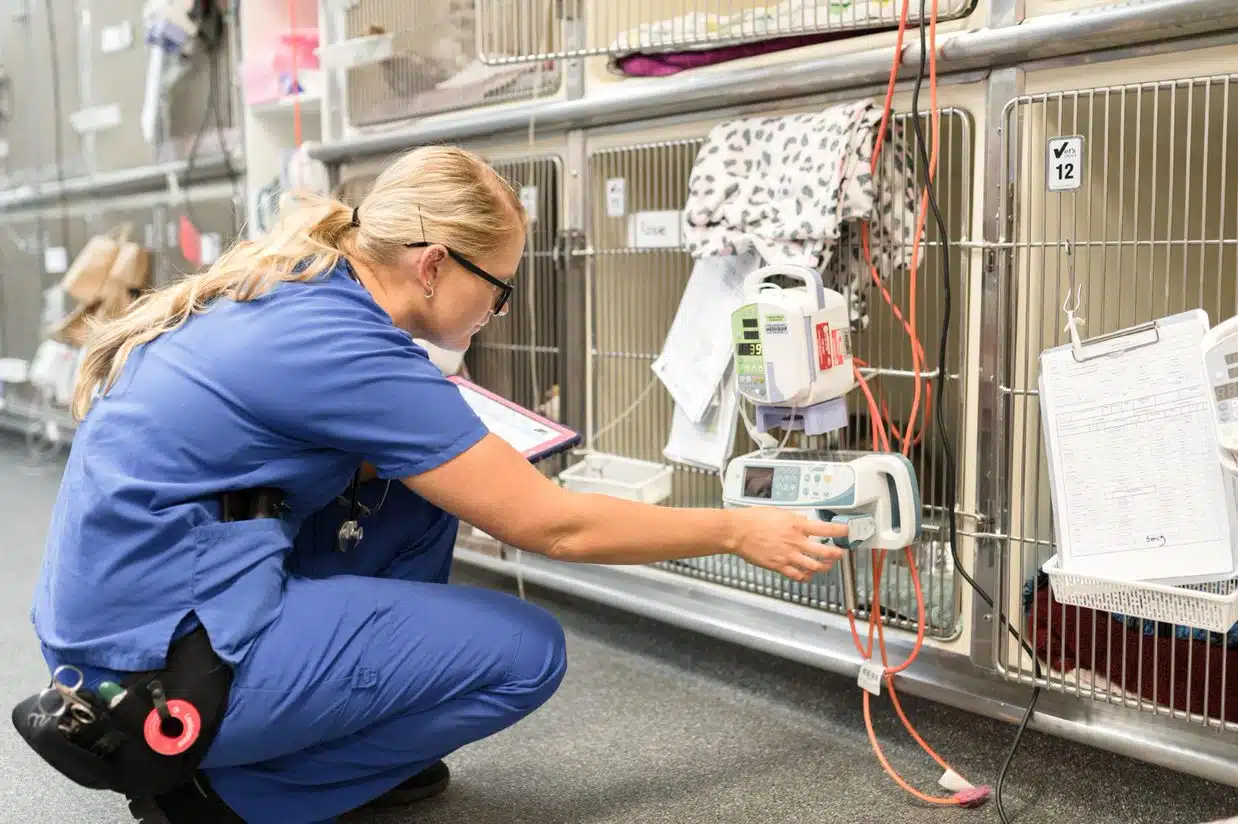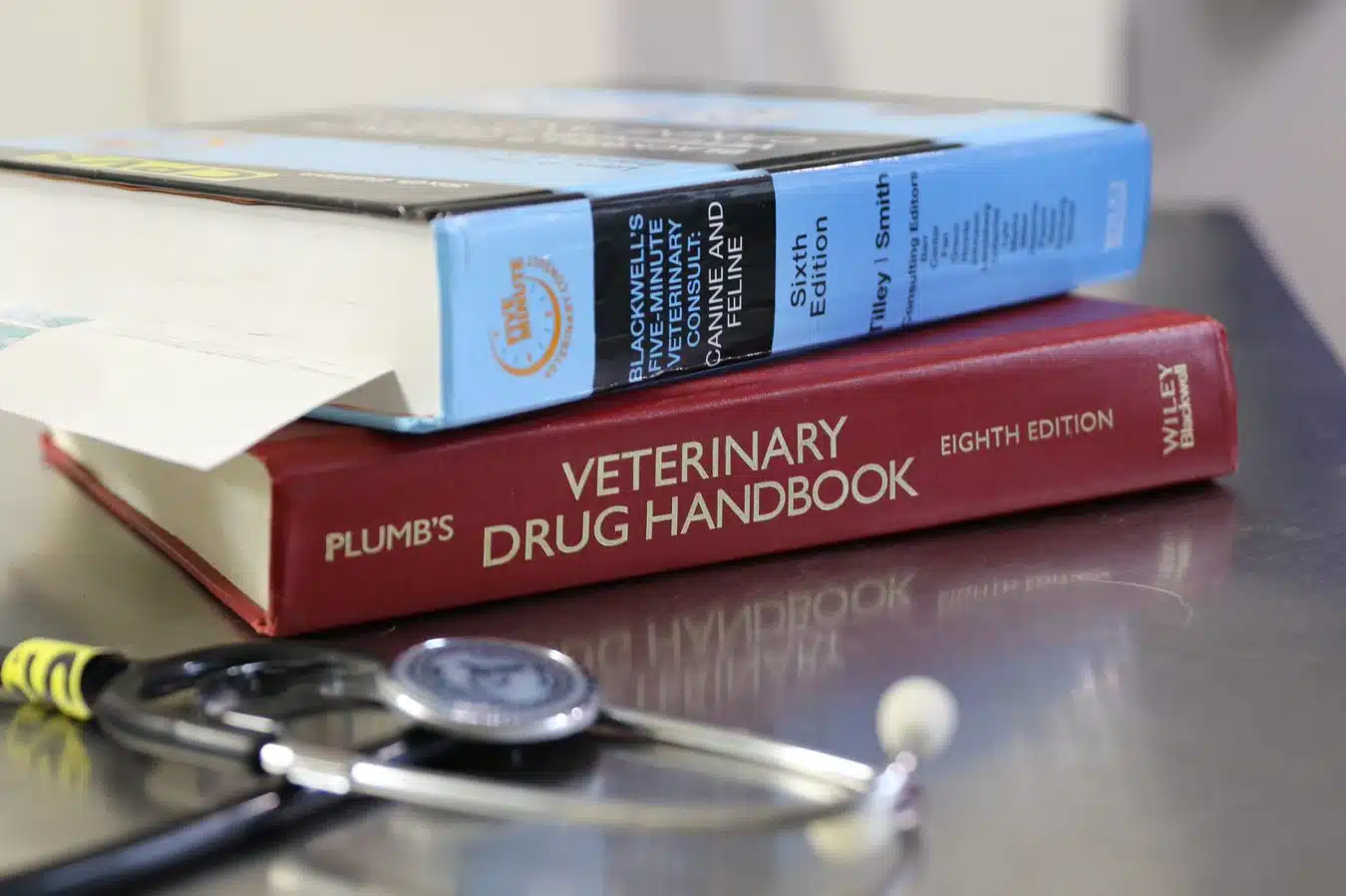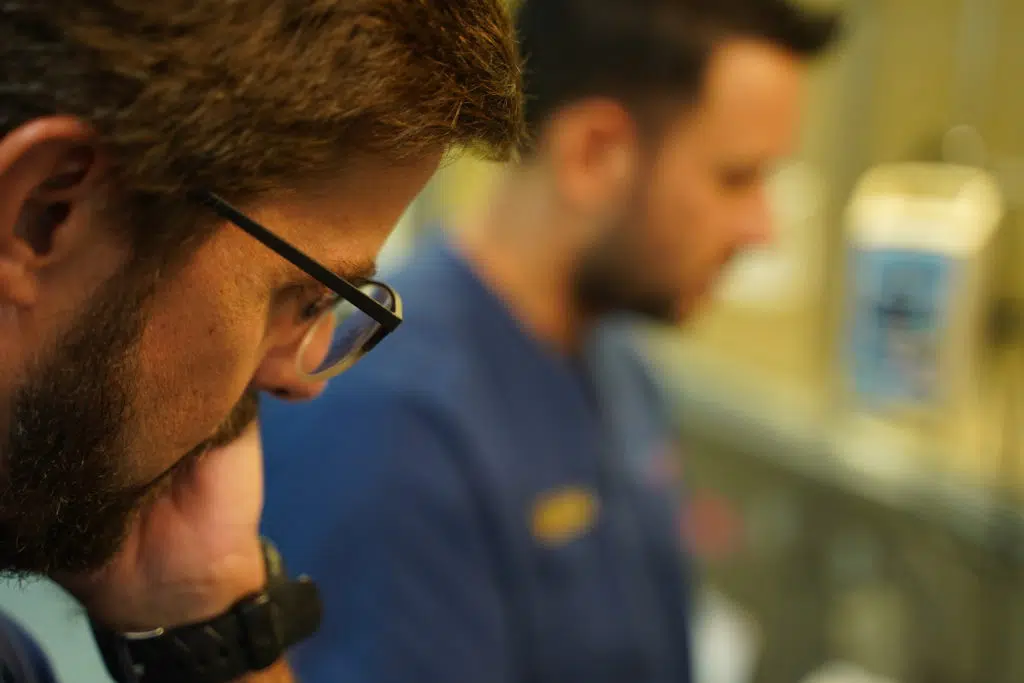Transitioning to emergency from general practice can be an exciting and rewarding career move for veterinary nurses and technicians. Emergency practice can offer a fast-paced, challenging work environment that allows you to make a real difference in the lives of pets and their owners when they need it most.
However, transitioning to emergency can also be daunting. This is especially the case if you’re accustomed to the routine and structured workflow of general practice. In this article, we’ll offer a detailed guide for veterinary nurses and technicians on how to explore a career transition. We’ll highlight the differences in emergency practice and the steps you can take towards achieving your career goals.
Step 1: Understanding the Role of an Emergency Veterinary Nurse
Understanding the role of an emergency veterinary nurse is a crucial first step for any veterinary nurse or technician considering transitioning to emergency practice. The role of an emergency veterinary nurse goes far beyond providing immediate care and stabilisation for animals that require emergency medical attention. Important tasks initially involve triaging patients, assessing vital signs, and providing life-saving interventions to stabilise the patient. But this isn’t achieved alone.
In emergency practice, veterinary nurses and technicians work as part of a team that includes veterinarians, other veterinary nurses, ICU professionals, and support staff. It’s vital to be able to work collaboratively with their colleagues and communicate effectively. You’ll also need to know how to prioritise tasks in a fast-paced and sometimes stressful environment.

Emergency veterinary nurses are also responsible for performing a range of advanced nursing tasks. This can include preparing and administering medications and CRIs, performing advanced diagnostic tests, and assisting with critical surgical procedures. They must be skilled in the use of veterinary medical equipment, such as ECG machines, mechanical ventilators, and blood gas analysers.
Additionally, emergency vet nurses must be able to communicate effectively with clients, especially in emotive and challenging situations. By providing updates on the patient’s condition and managing their expectations of outcomes, you can help owners feel involved and at ease. Being able to understand these components of the role is essential for any veterinary nurse transitioning to emergency practice.
Step 2: Identify Your Skills and Experience
Identifying your existing skills and experience is the next essential step for any veterinary nurse when thinking about transitioning to emergency. This will help you to assess your strengths and weaknesses and determine which areas you need to focus on to be successful in your new role.
To identify your skills and experience, start by listing the tasks and responsibilities you have in your current role. For example, you may be responsible for administering medications, monitoring anesthesia, performing diagnostic tests, and communicating with clients. By listing them, you’ll be able to visualise just how many relevant skills you’ve gained in your current role!

Next, consider which of these tasks and responsibilities will be transferable to emergency practice. Many of the skills required in general practice are also required in emergency practice, even if the setting is different. Other skills, such as the ability to communicate effectively with clients, are even more critical in emergency practice, where clients are often anxious and distressed.
In addition to technical skills, consider your soft skills, such as your ability to work under pressure, think critically, and collaborate effectively with colleagues. These skills are essential in emergency practice, where quick thinking and teamwork can mean the difference between life and death for a patient.
Once you have identified your skills and experience, you can use this information to develop a plan for gaining additional education and training. For example, if you lack experience in certain areas, such as performing emergency surgical procedures, you may need to attend additional training or seek out opportunities to gain hands-on experience.
Step 3: Gain Additional Education and Training
Gaining additional education and training is a critical step for veterinary nurses considering a transition to emergency practice. The field of emergency veterinary medicine is rapidly evolving! Staying up-to-date on the latest techniques, treatments, and technology is essential for providing high-quality care to patients.

One way to gain additional education and training is by attending continuing education courses or conferences. Many veterinary organisations offer specialised courses in emergency medicine, such as the Improve Veterinary Education and Veterinary Emergency and Critical Care Society (VECCS). These groups can provide valuable training and educational resources, as well as opportunities to network with other veterinary professionals in the field.
Finally, finding a mentor who has experience in emergency veterinary nursing can be incredibly valuable. A mentor can provide guidance and support as you navigate the transition to emergency practice. They’ll offer insights and advice based on their own experience in the field. If you’re eager to find the right mentor, check out our guide on everything you need to know about veterinary mentorship.
Step 4: Gain Experience in Emergency Practice
Emergency practice requires a unique set of skills and knowledge, and practical experience in this field is essential for developing these skills and building confidence in your abilities. Exploring your options for finding valuable hands-on experience in emergency can be the perfect preparation before considering making the switch. After all, there’s no better way to learn than by doing.

One way to gain experience in emergency practice is to seek out opportunities to work in an emergency veterinary hospital or clinic. This can be done casually to remain flexible with your current working hours or as part of a longer commitment like a nursing internship. These programs provide hands-on experience in a fast-paced emergency setting while being under the guidance and experience of veterinary nurses and technicians who have worked and trained in emergency.
It’s also worthwhile to seek out opportunities to work with emergency patients in your current role. Most general practices will encounter emergencies from time to time. If you currently work in general practice, ask to be involved in the care of patients who require emergency medical attention. This can help you to develop your emergency nursing skills and gain experience in triaging patients, administering medications, and performing other essential emergency procedures.
Step 5: Network With Other Veterinary Professionals
Networking with other veterinary professionals is invaluable if you’re looking at making a career transition in the future. Networking provides opportunities to connect with others in the field and make meaningful connections. As your network expands, you’ll come across potential job opportunities, and gain insights and advice from experienced professionals.
One way to network is by attending veterinary conferences and continuing education courses focused on emergency medicine. These events provide opportunities to meet and connect with other veterinary professionals in the field, including veterinarians, veterinary technicians, and practice managers. Take advantage of these opportunities to introduce yourself and ask questions about their experiences in emergency practice.

Another way to network is through online forums and social media groups dedicated to emergency veterinary medicine. These groups provide a platform for connecting with other professionals in the field and sharing knowledge and experiences. Join these groups and participate in discussions to expand your network and gain valuable insights and advice.
It’s also important to build relationships with professionals in your local community. Attend local meetings and free events like our AEA seminars and Journal Clubs, and get to know other veterinary professionals in your area outside of work. This can help you to develop a local network of professionals who may be able to offer job opportunities or provide mentorship and guidance as you transition to emergency practice.
Final Thoughts
In conclusion, transitioning to emergency practice can be a challenging but rewarding step for veterinary nurses looking to expand their skillset and gain new experiences to broaden their careers. By following the steps outlined in this guide and applying them to your own experience in both general practice and emergency, you can set yourself up for success in this dynamic and exciting field.
If you are a veterinary nurse who is passionate about animal care and enjoys a fast-paced work environment, take the steps and consider applying for a role in veterinary emergency. With the right preparation and support, you can build a successful career in this field and make a real difference in the lives of animals and their owners. So reach out to us today and explore the many opportunities available to you in veterinary emergency practice.



